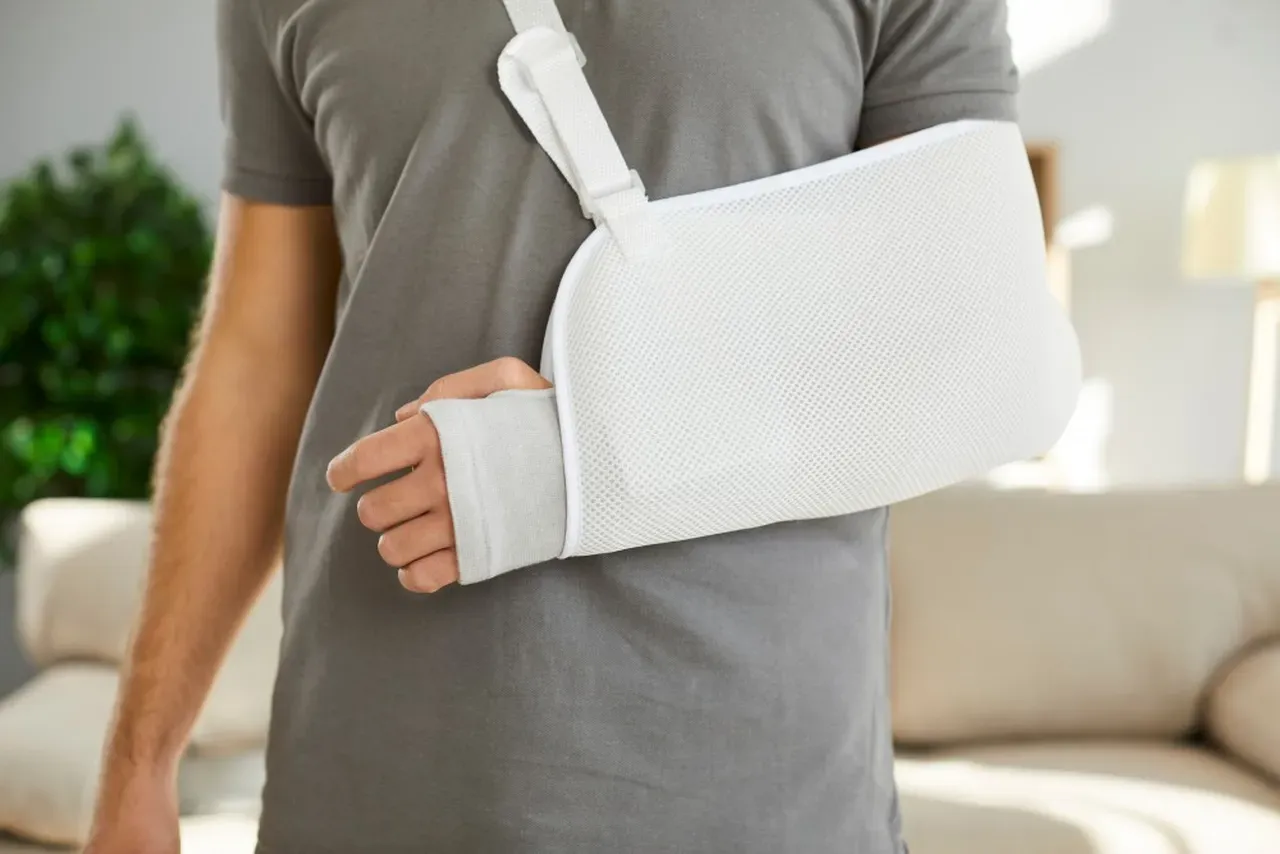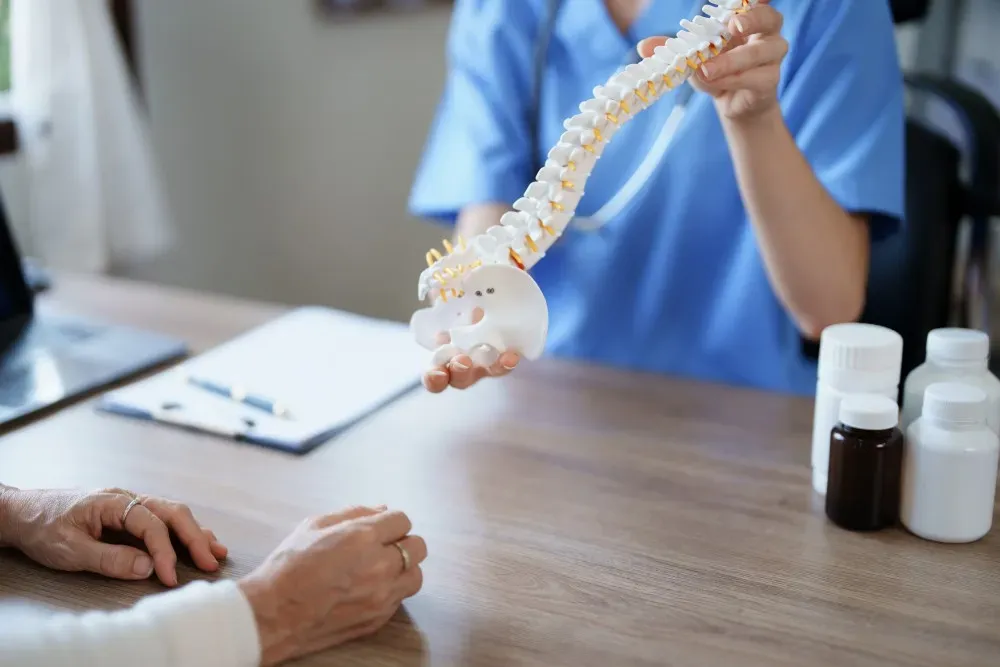Neurosurgery & Orthopedic Surgeons in Jacksonville

5 Different Types of Fractures
People sometimes believe fractures are different from breaks. However, any fracture is a break in medical speak, whether it’s a hairline crack or a bone broken into several pieces.
Fractures occur when an external force applied to a bone causes it to break. The severity and location of the break can affect treatment, which varies from wearing a special boot to surgery followed by casting.
Orthopedic surgeon Dr. Mark Graham at Integrity Spine and Orthopedics in Jacksonville, Florida has extensive experience in diagnosing and treating fractures of all types.
Read what Dr. Graham and his team say about five different fracture types and treatments.
Understanding the different types of fracture
Fractures are often described according to the name of the bone they affect. For instance, metacarpal fractures affect the finger bones, while a clavicle fracture indicates a break in the collarbone.
However, physicians also categorize fractures according to the nature of the fracture, including:
1. Simple (closed) fracture
A simple fracture occurs when the bone breaks but does not pierce the skin. Since there is no open wound associated with this type of fracture, there is a lower risk of infection.
Depending on the location and severity of the fracture, treatments can range from immobilization using casts or splints to surgical intervention.
2. Compound (open) fracture
In a compound fracture, the bone breaks and pierces through the skin, creating an open wound. This type of fracture is extremely painful and requires immediate medical care due to the significant risk of infection, which may eventually involve the bone.
These fractures are usually related to severe traumatic injuries, such as those sustained during a car accident or fall from a significant height.
Treatment involves surgery and may include internal fixation with pins, plates, and/or screws to keep the bones in place as they heal. Immobilization with casts or splints is also typical after an open fracture, along with antibiotics to prevent or treat infection.
3. Comminuted fracture
A comminuted fracture happens when the bone breaks into multiple pieces. These fractures usually require surgery to realign and fix the bone fragments in place with pins, plates, or screws, followed by immobilization to allow the bone to heal properly.
4. Greenstick fracture
Greenstick fractures are common in children, most frequently occurring in kids under 10. They’re most common in the long bones of the fingers, arms, and legs.
With a greenstick fracture, due to the flexibility of a child’s bones, one side of the bone cracks, but the bone does not snap completely.
A severe greenstick fracture may require surgery, but immobilization with a cast or splint is usually sufficient to keep the bone in place while it heals.
5. Stress (hairline) fracture
Stress fractures cause hairline cracks in the bone and are often caused by repetitive force, overuse, or carrying heavy loads. Athletes of all ages are particularly susceptible to this type of fracture, but research has shown that women are at a higher risk than men.
Runners and dancers are vulnerable to stress fractures in the shin bones, feet, and vertebrae in the back. Gymnasts may develop stress fractures in the lower back.
Treatment for stress fractures depends on the location and cause. For instance, stress fractures in the foot may respond best to rest and immobilization with a special boot or brace.
Dr. Graham may also recommend physical therapy to strengthen muscles, a gradual return to sports, or a change in routine, such as moving from running to cycling, swimming, or other low-impact activities.
For outstanding orthopedic care, schedule an evaluation at Integrity Spine and Orthopedics today. Call the office or request an appointment online.




